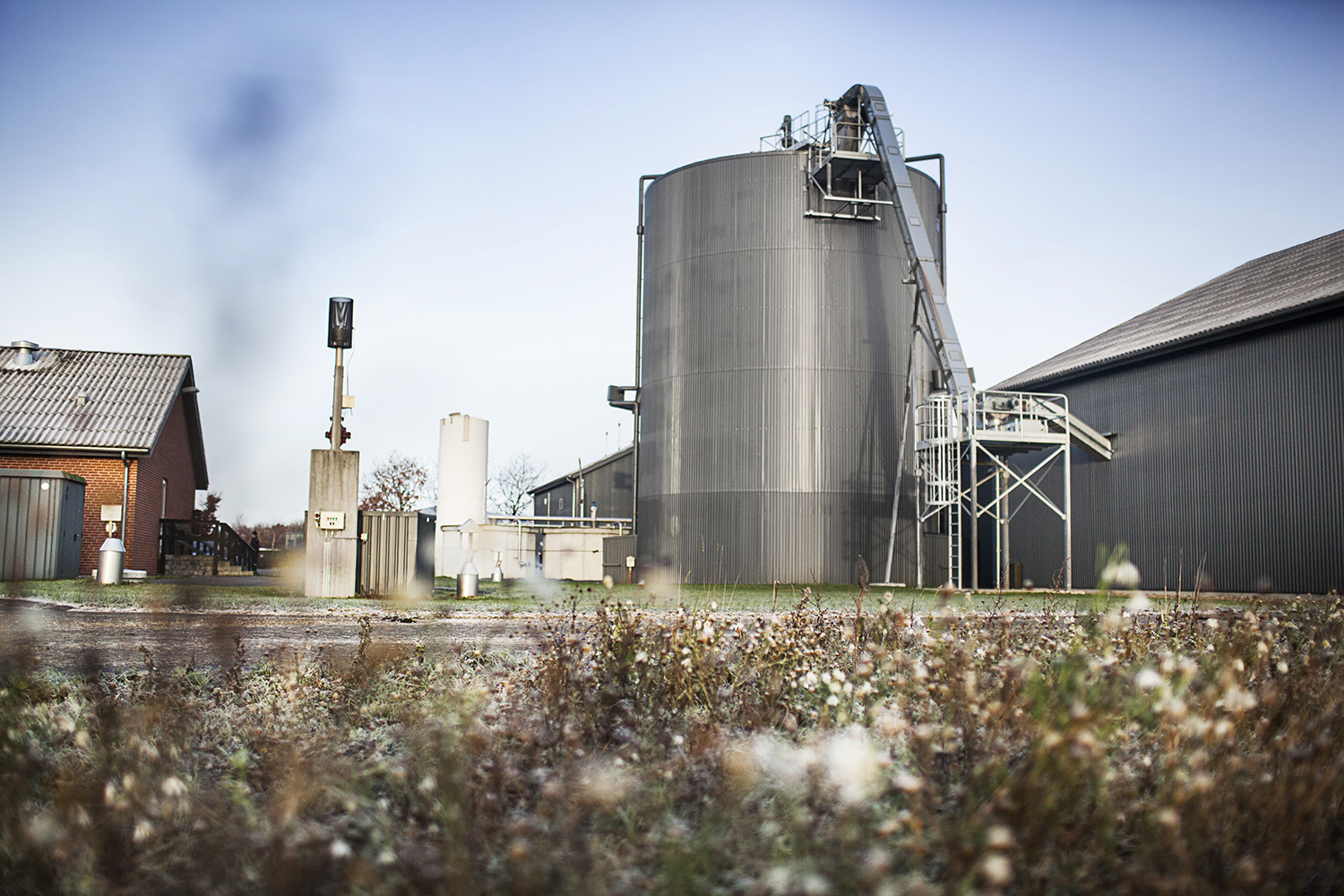CO2 conversion using a new Power-to-X system
Using excess electricity from wind and solar power, and CO2 from biogas, a new research and development project is aiming to produce biomethane in a pilot-scale experiment. The experiment is an important step in the Power-to-X technology that may give exports of Danish technology a green future.

A new pilot-scale project is bringing together expertise from the company Landia in western Jutland, the University of Queensland in Australia and Aarhus University to develop a cost-effective system for biogas-methanation.
The project is called InjectMe, it has a budget of DKK 12.1 million and it is being funded by the Energy Technology Development and Demonstration Programme (EUDP) under the Danish Energy Agency.
The InjectMe project will develop a biological methanation system to convert electricity and biogas into natural-gas-quality biomethane (Power-to-Methane). By producing methane from renewable electricity and CO2, which would otherwise be emitted into the atmosphere, the concept contains elements of both energy storage and carbon capture.
"In fact, we’re just stimulating a process that already occurs in a biogas reactor by making sure that there’s enough hydrogen for the microorganisms to convert as much CO2 as possible. By doing this, we’re recycling a large part of the CO2 from the biogas process that would otherwise be released into the atmosphere," says Michael Vedel Wegener Kofoed, a researcher at the Department of Biological and Chemical Engineering at Aarhus University and the project manager on InjectMe.
The InjectMe technology is based on methane production using Landia’s injector technology, which makes it possible to utilise both the infrastructure and reactor biology already present on existing biogas plants.
The partners hope that this will reduce the costs of the Power-to-X technology.
"Costs are a big hurdle in Power-to-X. If it’s expensive, it’s too hard to finance. Therefore, we’ve tried to develop an injector that utilises the reactor tank and the microorganisms already present, to hereby make the whole technology more cost-effective," says Michael Vedel Wegener Kofoed.
The technology has been developed and tested at AU's research laboratory in Foulum, and now it is to be tested at pilot scale over a longer period of time.
"We’ll run the process continuously over a year in order to optimise it as much as possible on all parameters, and so we can analyse the technical and commercial potential of linking the InjectMe system to various existing Power-to-X technologies, for example chemical and biological methanation," says Michael Vedel Wegener Kofoed, and he continues:
"Biomethane can directly replace fossil natural gas in the gas grid and can also be used to produce green fuels for the transport sector. We're looking forward to getting started with our experiments."
Additional information | |
| We strive to ensure that all our articles live up to the Danish universities' principles for good research communication (scroll down to find the English version on the web-site). Because of this the article will be supplemented with the following information: | |
| Funding | InjectMe is being funded by the EUDP with a total of DKK 9.1 million. The project has a total budget of DKK 12.1 million. |
| Collaborators | University of Queensland, |
| Contact | Researcher Michael Vedel Wegener Kofoed Department of Biological and Chemical Engineering, Aarhus University Tel.: +45 93521051 Mail: mvk@bce.au.dk |
